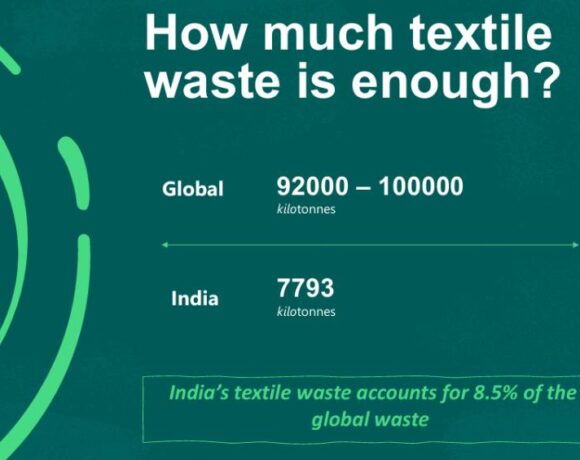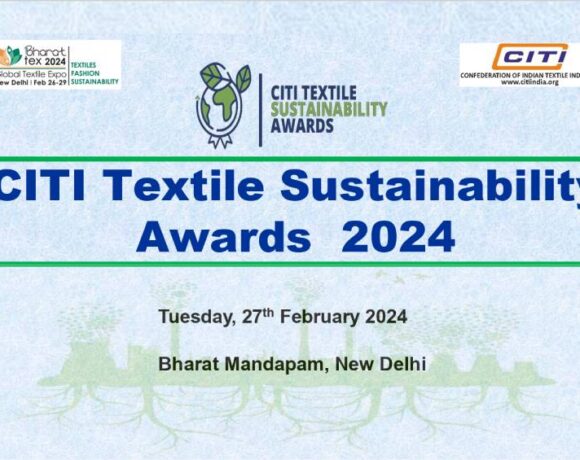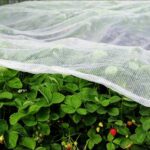Textile Exchange Adds Forests, Air Pollution To Impact Tool

Textile Exchange has announced the addition of forests and air pollution risk categories to its Materials Impact Explorer (MIE) tool, along with a new material category – manmade cellulosic fibres (MMCF). The MIE tool is designed for brands, retailers and suppliers to assess potential impacts and dependencies at the raw material country of origin level, including farms, forests or initial production facilities.
The expansion of the MIE tool was made possible with contributions from several expert organizations, including Apparel Impact Institute, Canopy, Conservation International, Rainforest Alliance, Risilience, The Nature Conservancy, Trase – Global Canopy, Sebastián Block – Environmental Performance Index, Yale University, World Resources Institute, and ZDHC Foundation.
Veronique Rochet, Senior Director of Sustainability at PUMA, shared her experience with the MIE tool: “At PUMA, we are actively addressing biodiversity and environmental pollution risks through our 10FOR25 targets and supplier programmes related to climate, chemicals, water and air. We recently utilized the Materials Impact Explorer (MIE) tool to inform our biodiversity risk assessment for key raw materials like polyester and cotton.
“The MIE tool has been instrumental in reviewing our strategies to address biodiversity risks and dependencies on environmental assets and ecosystem services critical to our operations. The inclusion of forests as a risk category helps us advance our deforestation-free commitments, such as sourcing all bovine leather from verified deforestation-free supply chains by 2030 or earlier.
“Additionally, the air pollution risk category is valuable for understanding risks in our upstream value chain, complementing our Tier 1 and Tier 2 supplier programmes. The MIE tool’s analysis of potential impacts and dependencies at the very start of the value chain (Tier 4) is crucial for our sustainability efforts.”
The MIE tool is accessible to organizations that know the country of origin of their raw materials, where the farm, forest or initial production facility is based.














